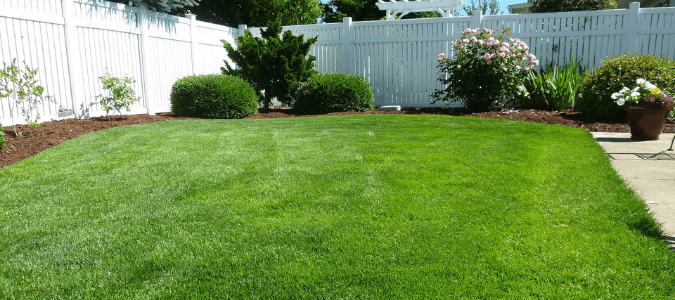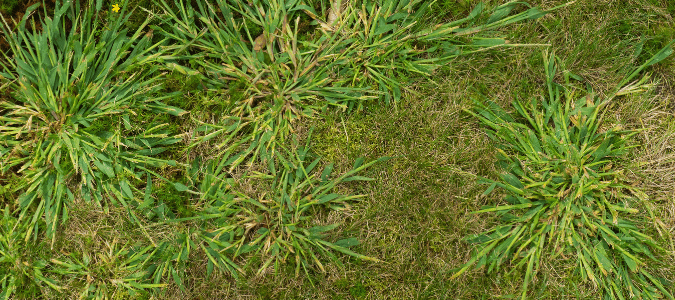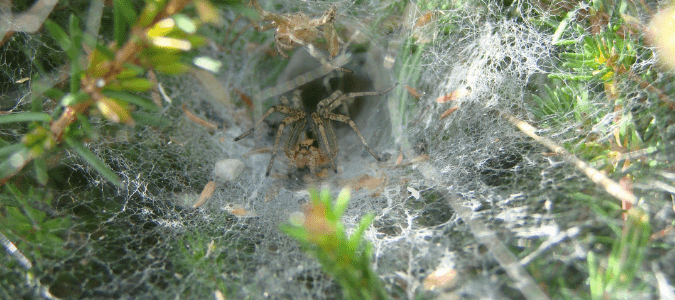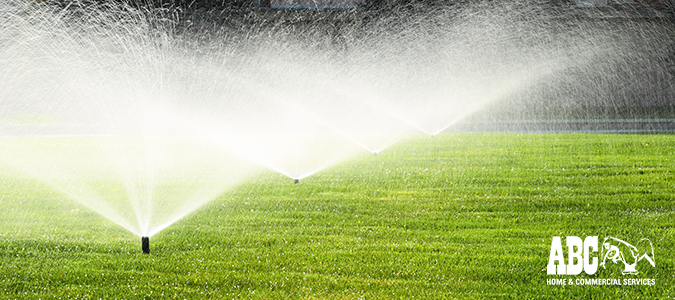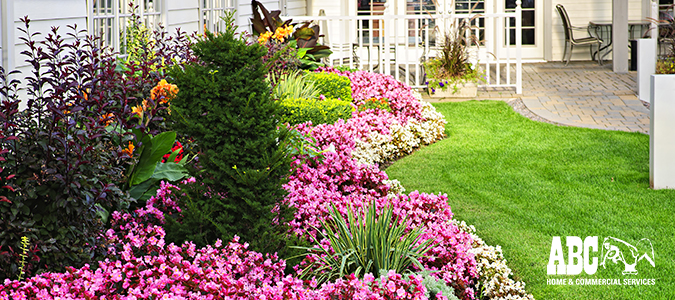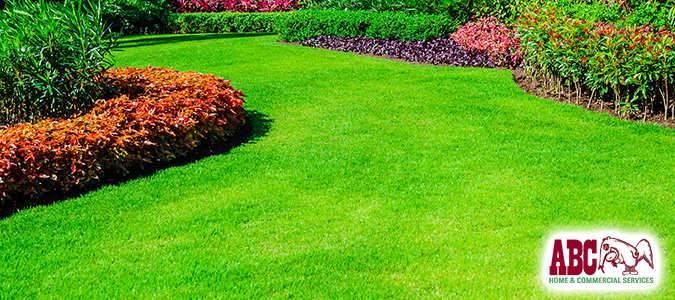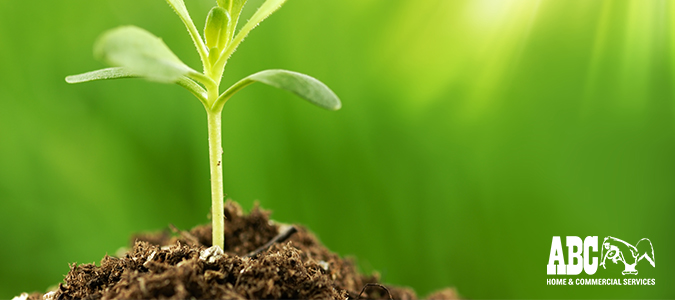Dallisgrass Vs. Crabgrass: Which Weed Do I Have?
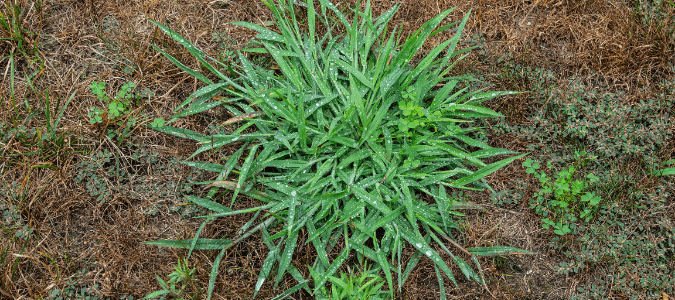
If you’ve ever seen clumps of grass in your yard that don’t match the rest of the lawn and seem to grow faster than anything else around them, you probably realized you have weeds. What you may not have known is what those plants are called or how to get rid of them. Two of the most common weed grasses to show up in most yards that are often mistaken for each other are dallisgrass or crabgrass. Let’s take a closer look at the similarities and differences between dallisgrass vs. crabgrass so you can learn how to identify each type and what steps you can take to maintain a lush, weed-free lawn. For starters, let’s take a look at dallisgrass.
Dallisgrass
Dallisgrass migrated north to the U.S. from its native home in South America. Dallisgrass is a coarse, clumping grass that spreads from short, thick rhizomes. It is identifiable by its grayish-green … Read Full Post »
